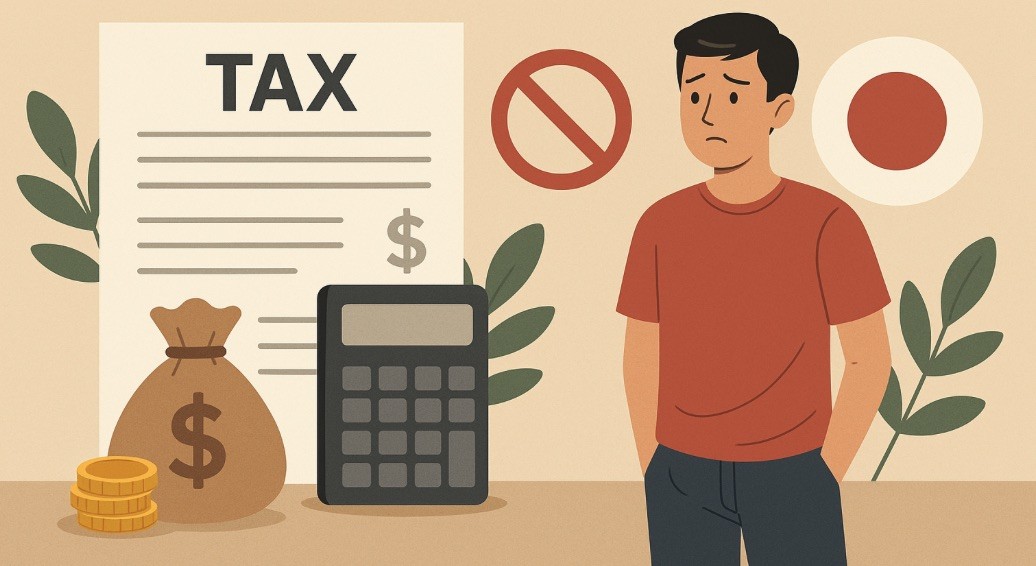Japan faces one of the biggest demographic challenges of the century: an rapidly aging population and a birth rate in free fall. In response, the Japanese government announced the creation of a new financial contribution that will take effect in 2026. Although popularly nicknamed the “single tax,” this measure is not exclusive to childless individuals but has sparked intense debates throughout the country.
The proposal aims to finance policies to encourage childbirth, such as subsidies for families with children and support during parental leaves. However, many citizens question the equity of the measure, especially those who will not have direct access to the benefits. To better understand this new contribution and its impact on Japanese society, it is essential to analyze its objectives, functioning, and the reactions it has provoked.

Table of Content
What is the "Contribution for Support of Childhood and Education"?
The official measure, called “Contribution for Child Support and Education” (Kodomo kosodate shien-kin [子ども・子育て支援金]), will be an additional fee charged along with the health insurance. Unlike what many believe, this contribution will not be exclusive to single individuals, but rather charged to all age groups and segments of society. The reason the new fee has been nicknamed the “tax for singles” is the perception that the benefits will be mainly directed towards families with children. Thus, those without children may feel like they are paying without receiving direct advantages.
Why is the Japanese government implementing this measure?
Japan is facing a serious problem of population decline, which impacts the economy and the pension system. According to the Child and Family Policy Agency, the new contribution will help ensure the economic and social sustainability of the country. Additionally, businesses will also be affected by the measure, as the labor shortage is a significant challenge for the Japanese economy.
The government plans to raise approximately 600 billion yen in the fiscal year 2026 with this new contribution, aiming to reach 1 trillion yen annually by 2028.

But after all, how much will be charged?
The amount of the fee will vary according to the type of health insurance, income, and family composition of the contributor. However, the government estimates that the average monthly contribution per person will be:
- 2026: ¥250
- 2027¥350
- 2028: ¥450
However, there will be exemptions and reductions for low-income individuals, as well as the exclusion of the charge for children up to 18 years old in the national health insurance. Previous rumors have indicated amounts of 500 yen, but we do not know what the final amount will be until the tax is implemented.
Reactions and Controversies
The proposal to introduce the new tax sparked heated debates in Japanese society. A survey revealed that only 20% of respondents consider the average charge of 500 yen per month reasonable, while 31% oppose the measure. Opposition parties have also expressed resistance to the tax, making its approval in parliament uncertain.
In the midst of these discussions, the Japanese government seeks to balance the need to increase the birth rate with public concern about the introduction of new taxes. The effectiveness of these measures will depend on the careful implementation of policies and acceptance by the population.
My Opinion
Although there is no specific data, we believe that more than 50% of the Japanese population do not have children. The fee is relatively low, costing only two cans of drinks per month. Since Japan is a country famous for its structure and good tax usage, I personally see no problem in paying.
